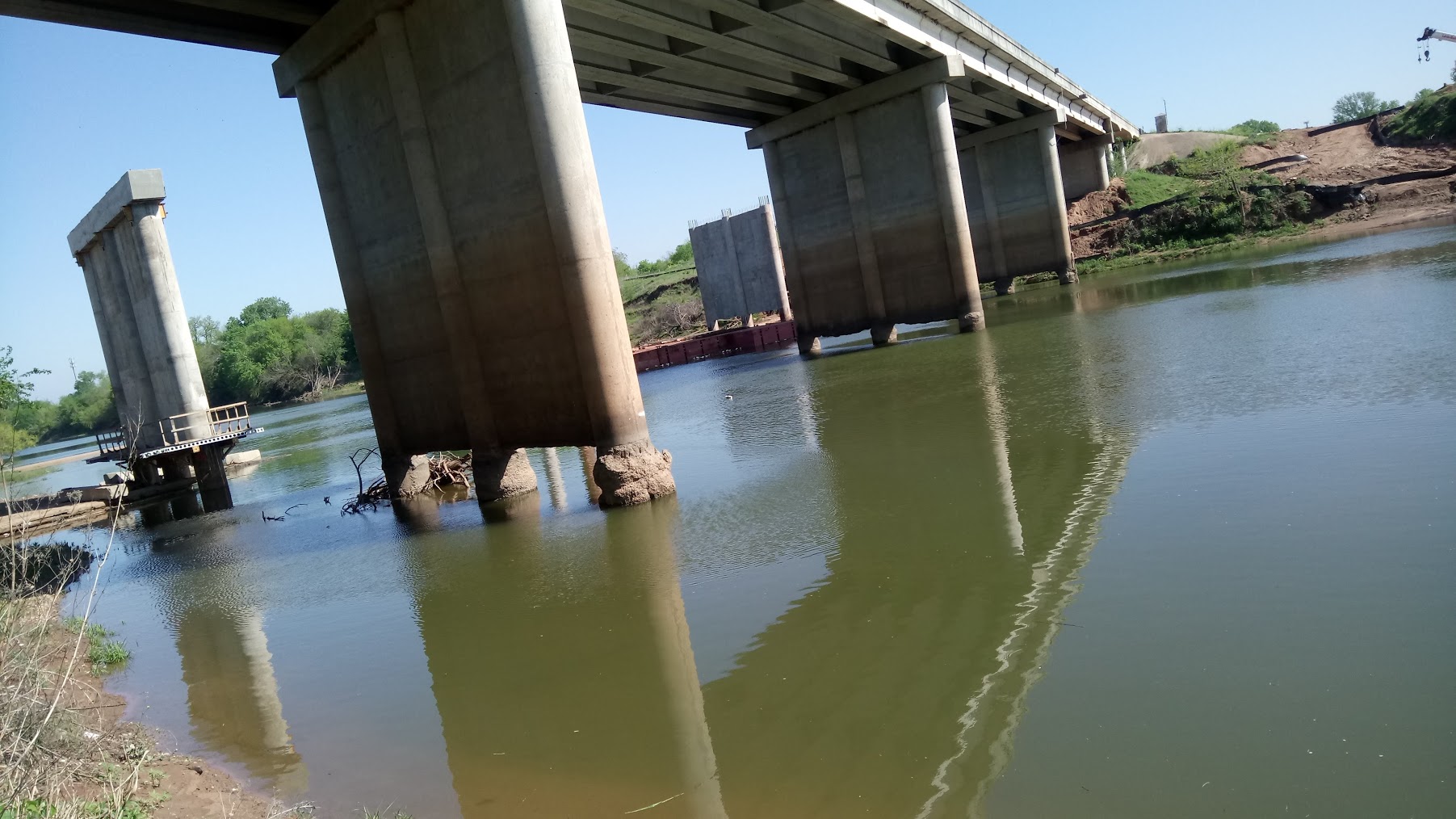Water Quality Models listed here are generally used in the prediction of water pollution using mathematical simulation techniques. In most cases, these models simulate runoff or streamflow and calculate the position and fate of water quality parameters. Some models described hereafter are for individual components of the hydrological system such as runoff; others are basin-wide models addressing hydrologic transport while others can be used for reservoir, lake, ocean and or estuarine applications. Comprehensive models that predict most or all the components of the water balance and water quality parameters are found under the Hydrology sub-menu on this website.
___________________________________________________________________________________________________________________________________
LOAD ESTimator (LOADEST)
LOAD ESTimator (LOADEST) is a FORTRAN program for estimating constituent loads in streams and rivers. Given a time series of stream-flow, additional data variables, and constituent concentration, LOADEST assists the user in developing a regression model for the estimation of constituent load (calibration). Explanatory variables within the regression model include various functions of stream-flow, decimal time, and additional user-specified data variables. The formulated regression model then is used to estimate loads over a user-specified time interval (estimation). Mean load estimates, standard errors, and 95 percent confidence intervals are developed on a monthly and(or) seasonal basis
Description: LOADEST.pdf Website: https://water.usgs.gov/software/loadest/
___________________________________________________________________________________________________________________________________
One-Dimensional Transport with Inflow and Storage (OTIS)
OTIS is a mathematical simulation model used to characterize the fate and transport of waterborne solutes in streams and rivers. OTIS is often used with data from field-scale tracer experiments to quantify the hydro-logic parameters affecting solute transport. Additional applications include analyses of non-conservative solutes that are subject to sorption processes and/or first-order decay. The governing equation underlying the model is the advection-dispersion equation with additional terms to account for transient storage, lateral inflow, first-order decay, and sorption. This equation and the associated equations describing transient storage and sorption are solved using a Crank-Nicolson finite-difference solution.
Description: OTIS.pdf Website: https://water.usgs.gov/software/OTIS/
___________________________________________________________________________________________________________________________________
One-dimensional Transport with EQuilibrium chemistry (OTEQ)
OTEQ is a mathematical simulation model used to characterize the fate and transport of waterborne solutes in streams and rivers. The model is formed by coupling a solute transport model with a chemical equilibrium submodel. The solute transport model is based on OTIS, a model that considers the physical processes of advection, dispersion, lateral inflow, and transient storage. The equilibrium submodel is based on MINTEQ, a model that considers the speciation and complexation of aqueous species, acid-base reactions, precipitation/dissolution, and sorption.
Description: OTEQ.pdf. Website: https://water.usgs.gov/software/OTEQ/
___________________________________________________________________________________________________________________________________

